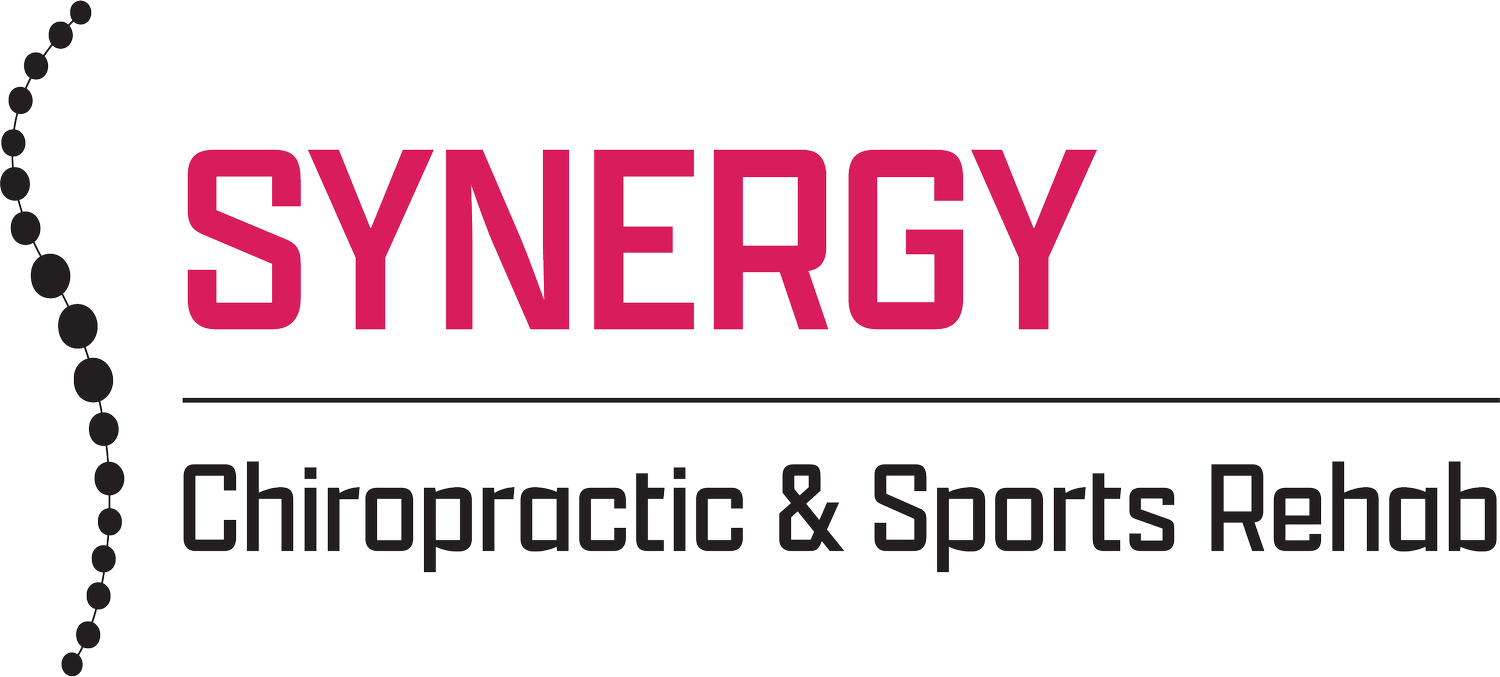Addressing Pelvic Pain During Pregnancy Before it Affects Your Labor
Pelvic pain during pregnancy is more common than you might think. But just because it’s common doesn’t mean it’s something you have to endure. Let’s break down what’s happening and how you can address it.
What is Pelvic Girdle Pain?
Pelvic girdle pain can feel sharp or shooting, often triggered by movements like standing on one leg or pivoting. It can come from a variety of causes, such as:
Pubic symphysis dysfunction
SI (sacroiliac) joint dysfunction
Sciatic-type pain
Tailbone pain
You may experience one or a combination of these issues, and the discomfort can shift throughout your pregnancy.
Common Misconception: “It Will Go Away After Birth”
Many providers will tell you that pelvic pain will disappear once you give birth, but being in pain during pregnancy is not inevitable. There are steps you can take during pregnancy to reduce or even eliminate pain altogether.
Understanding the Pelvic Girdle
Your pelvis is made up of two halves and a triangular bone, all connected by joints. Two main issues can cause pelvic pain during pregnancy:
Muscular Coordination Issues
Pregnancy hormones like relaxin loosen the ligaments around your pelvis to make room for your baby’s head. This can lead to too much movement within the pelvic joint. Strengthening the muscles that stabilize the pelvis can help "close" the joint, reducing movement and pain.Increased strength = increased stability = decreased pain
Pelvic Asymmetry
The two sides of the pelvis may not be aligned with each other. This can happen due to postural habits you’ve had for years. In pregnancy, it becomes more pronounced as the pelvis gets “stuck,” leading to compensations elsewhere in the body. It’s not just about the pelvis—this misalignment can affect the feet, knees, and even the ribcage.
Solutions for Pelvic Pain
There’s plenty you can do to reduce pain and improve pelvic stability:
Focus on pelvic positioning: Exercises like knee squeezes with a Pilates ball or gentle hip shifting can help keep the pelvis from getting stuck in one position.
Support your muscles: Strengthen and coordinate the muscles surrounding your pelvis to release uneven tension and improve alignment.
As you near the end of your third trimester, many expecting moms wonder: "How am I supposed to labor with this pelvic pain when I can’t even walk?" The answer is to start managing your pelvic pain during pregnancy, so you can have a smoother labor.
Try finding comfortable positions, like sitting on a ball and rocking gently, to keep your body supported during labor.
Want to learn more and find personalized solutions for your pelvic pain? Call Synergy Chiropractic & Sports Rehab today to schedule a free phone consultation!
